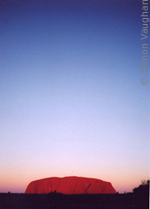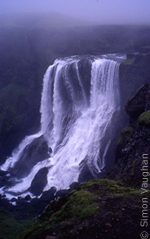
“With a sign that big, I can’t understand why it was so hard for Howard Carter to find it!”
Although the Pyramids may get the headlines, no trip to Egypt is complete without a visit to Luxor.
Located in Upper Egypt, Luxor (or Thebes, as it was once known) straddles the Nile and is the starting (or finishing) point for most Nile cruises and home to the fabled Valley of the Kings.
Starting on the East Bank, visitors to the Valley of the Kings must first cross the wide expanse of the Nile. Although there is a bridge a few kilometres upstream from the city centre, most visitors prefer a trip through time and instead opt for the ferries that regularly cross the river. Once on the West Bank, transportation to the tombs of the pharaohs range from buses to taxis – although yet again, for the more adventurous there is only one option: a donkey! Dodging traffic and racing along the busy roads before winding in amongst the spartan hills and into the valley itself is a great start to what will undoubtedly be an unforgettable day.
While the treasures of the Pharaohs have long since been moved to museums around the world, it is the tombs that concealed that wealth and which were intended to be the Pharaohs’ final resting places that can be visited in the Valley of the Kings. Each tomb has its own entry fee and not all are open on any given day, but it is well worth visiting as many as time and budget permits. Photography is generally not permitted inside the tombs but postcards and books are widely available in the visitor centre and in town.
While the Valley of the Kings may not be the hottest place on earth, it certainly feels like it after a day of exploring. The relentless sun bounces mercilessly off the neighbouring hills broiling ill-prepared visitors below. With very little shade available, if not properly equipped with hat, sunscreen and plenty of water, visitors can soon fall victim to a climatically-controlled Curse of the Mummy.
While still on the West Bank, don’t miss the Valley of the Queens, the spectacular temple of Queen Hatshepsut, the Worker’s Village and the Colossi of Memnon. With a sharp eye, you may even spot the house that archeologist Howard Carter lived in while searching for King Tut’s treasure.
Back on the East Bank, the Temple of Karnak is as grand as anything anywhere else in the country with its vast size, huge monuments and pristine colours while the Luxor Museum is home to treasures that would form pride of place in any institution in the world yet often go overlooked here.
Although it may be the Pyramids of Giza or the treasures of King Tutankhamun and Cairo’s National Museum that lure you to Egypt, it may well be Luxor that makes the greatest impression.
Photo and post by: Simon Vaughan














